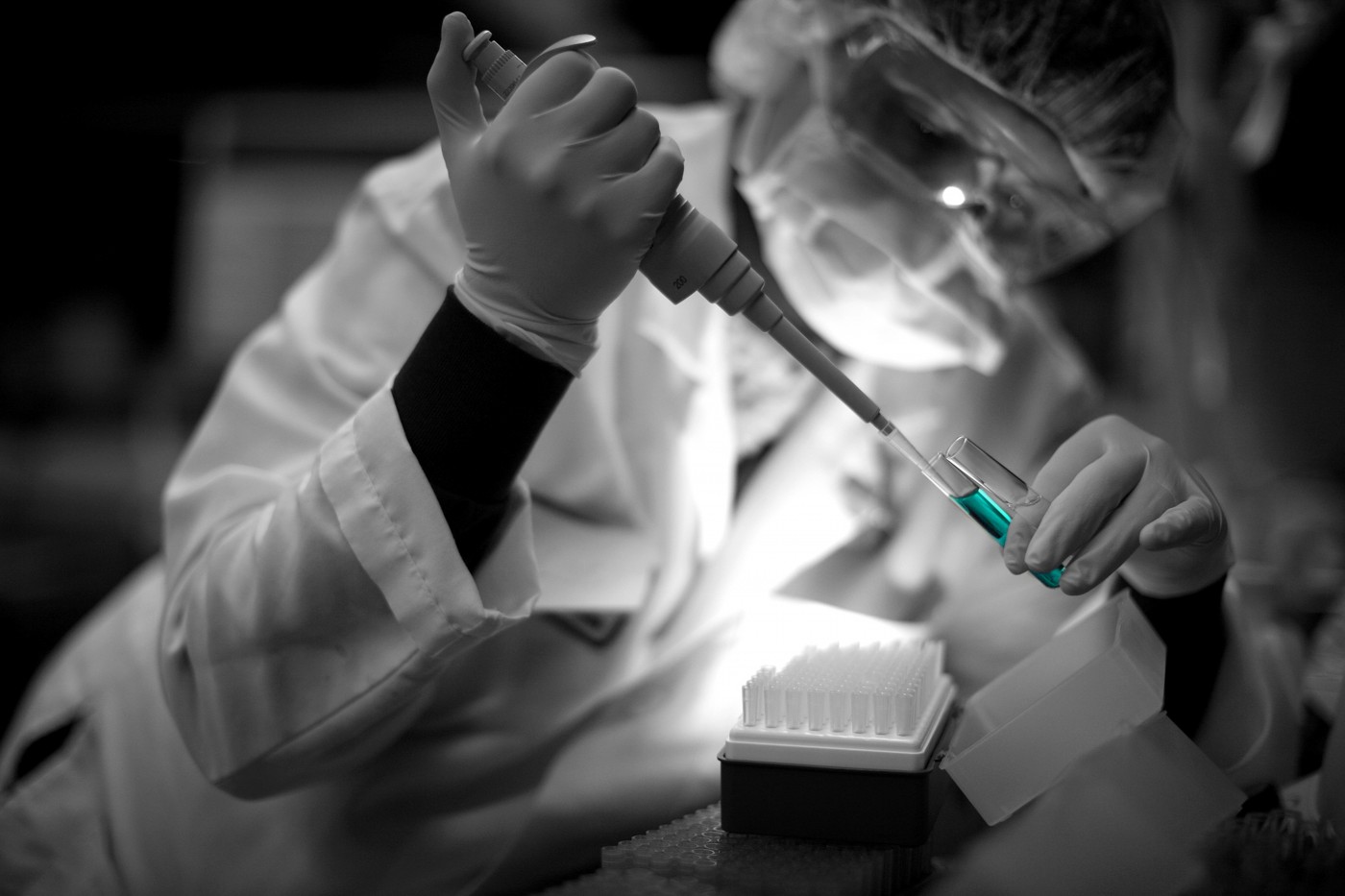SMA Researcher Christine DiDonato Awarded $70,000 for Mouse Model on Muscle Weakness

Cure SMA recently announced that Christine DiDonato has been awarded a $70,000 research grant for her research study, “Assessing mediators of muscle weakness in SMA mice.”
DiDonato is a basic science researcher who lives in Chicago and is currently working as an associate professor in the Department of Pediatrics at the Lurie Children’s Hospital and Northwestern University and living in Chicago.
The Lurie Children’s Hospital of Chicago researcher worked with a unique mouse model and discovered that increasing survival motor neuron (SMN) protein in the central nervous system (CNS) does not alleviate all symptoms of spinal muscular atrophy (SMA), suggesting that defects in skeletal muscles might also need to be addressed.
“My lab has created a number of mouse models that represent the varying forms of SMA and we are using them and other techniques to understand how SMN functions in both motor neurons and skeletal muscle and what are the downstream consequences of SMN loss and ways in which we can bypass those problems,” DiDonato explained in a press release, “and then we perform pre-clinical studies to determine if they can provide functional benefit in our SMA mouse models as a potential for future therapies.”
SMA patients aren’t capable of producing enough SMN protein for proper muscle functioning, leading to debilitating and life-threatening muscle weakness. One of the main unanswered research questions is where and when SMN needs to be delivered to maximize benefit for those suffering from SMA.
DiDonato started working in SMA research during her Ph.D. program at Ohio State University. At the time, the medical community did not know which gene was responsible for the disease. DiDonato’s thesis project focused on refining the area to search for the SMA-causing gene, also identifying some potential candidates.
The grant will now fund further work with the same mouse model to improve the project’s understanding of how exactly SMA therapies should be targeted.
“We will study the skeletal muscles of these mice and various control mice to determine if there are structural defects within the muscle cell,” the researcher explained. “Specifically, we will determine if SMN is indeed localized to the sarcomere and whether there is a problem with muscle cell fusion.”
The team will study a special SMA mouse model they created themselves, which has increased SMN levels in its motor nerves and low SMN levels everywhere else, causing the mouse to develop muscle weakness as a young adult, which progressively worsens with age. DiDonato believes this might specifically be caused by a problem in the skeletal muscle, since the motor nerves do not show any abnormalities and display normal levels of SMN.
“Our research using these newly developed mice has uncovered the fact that specifically increasing SMN only within the central nervous system does not completely correct everything, as we have unmasked a skeletal muscle problem,” DiDonato concluded. “This may have important implications for current therapies in clinical trials and future therapies that are being delivered. Therefore, our work is aimed at better understanding the problems within the skeletal muscle and finding a way to improve its function.”







